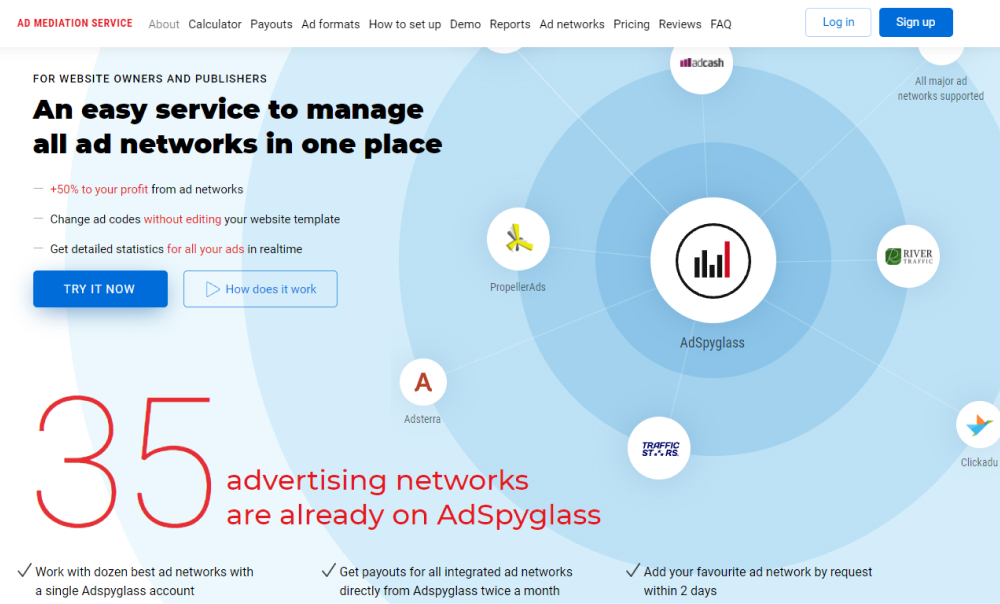A Top-Level Domain is a part of the domain name that follows immediately after the root domain. TLD is the starting point (right to left) from which an Internet domain name begins. Nowadays, a not-for-profit organization called ICANN (Internet Corporation for Assigned Names and Numbers) is responsible for the creation, maintenance, and administration of top-level domains. Therefore, any entity that deals with selling and maintaining TLD must directly address ICANN.
There exist some basic types of top-level domains officially recognized by ICANN:
- gTLD (Generic top-level domains). These types of TLDs are accessible to everyone. They basically include the following domains: .com, .net, .org, .info.
- sTLD (Sponsored top-level domains). These are special domain extensions that have a sponsor representing a specific community for which this domain is intended. For example, .aero (available for the air-transport industry members), .edu (available for institutions of higher education), .gov (available for governments), .xxx (available for pornographic sites)
- ccTLD (Country code top-level domains). These are domains reserved for specific countries. Each country has its own code according to the ISO 3166-1 alpha-2 standard. For example: .us for the US, .uk for the UK, .ca for Canada, .de for Germany, and .nl for the Netherlands. The point is that ccTLD is administered by domain name regulation corporations established in each country while gTLD are subjected to international requirements.
